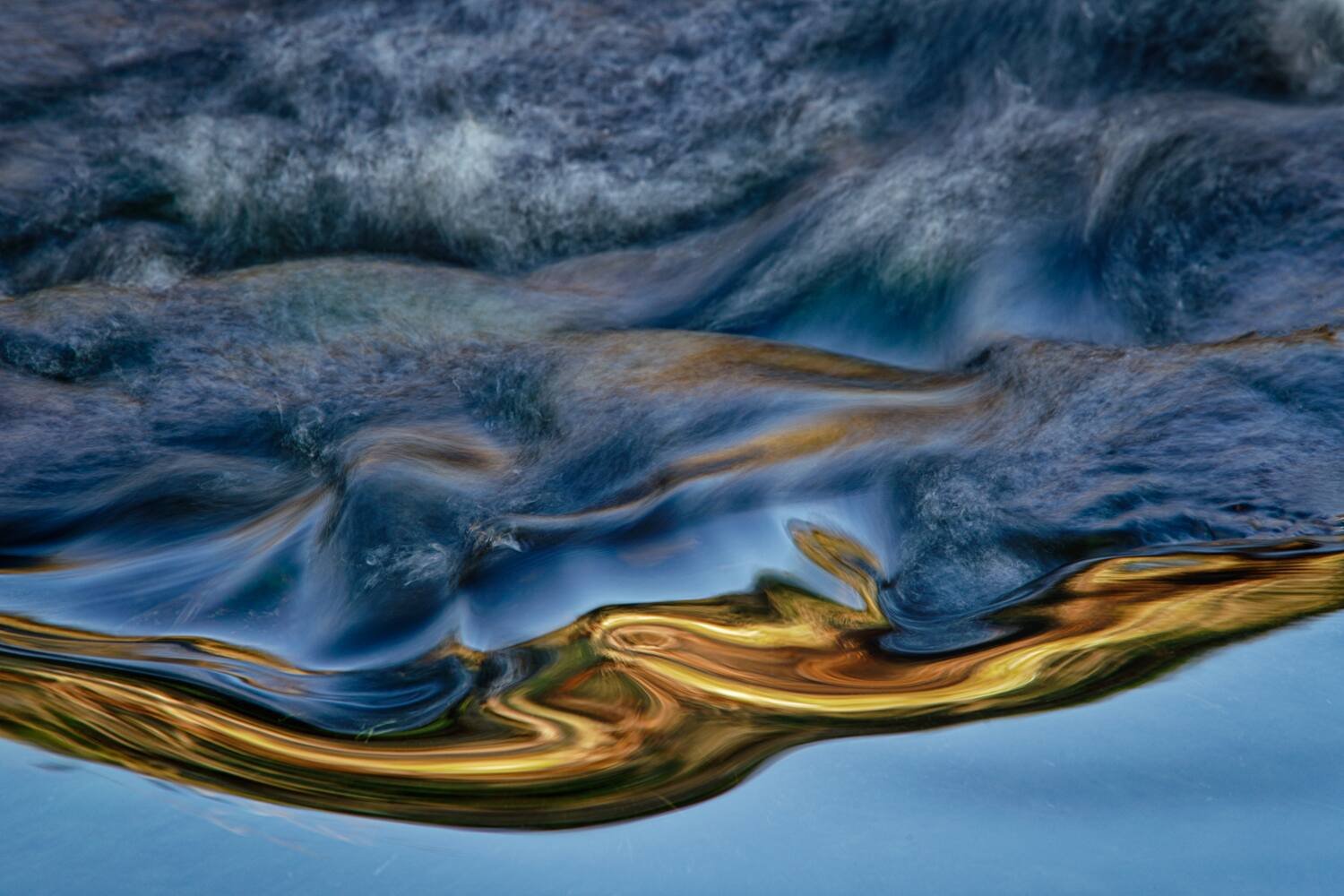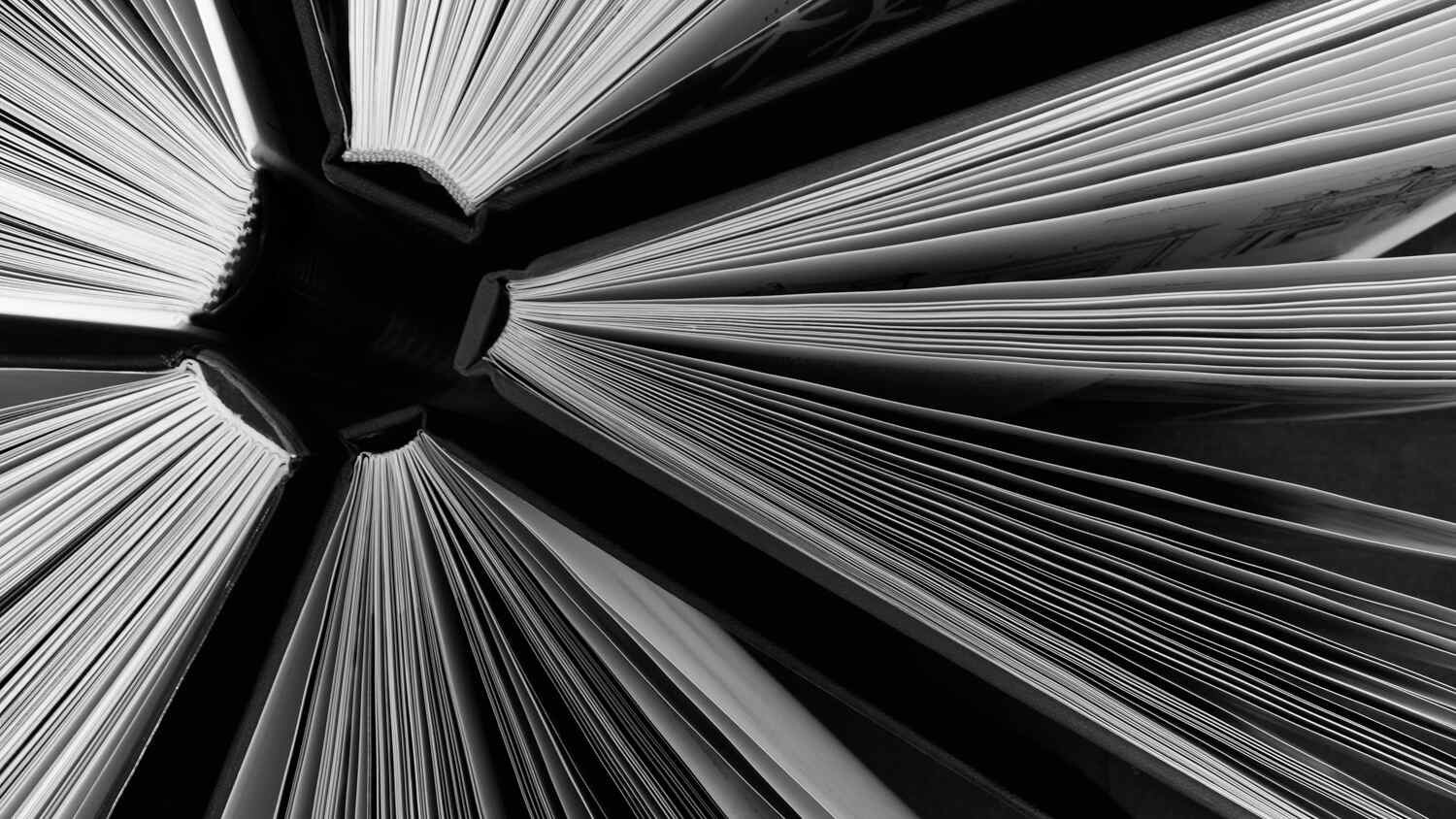Mastering Abstract Photography: Beginner Techniques and Tips
Table of Contents Show
Introduction
Abstract photography captivates viewers by transforming ordinary subjects into extraordinary visual experiences. This unique form of artistic expression challenges photographers to see beyond the literal, focusing on shapes, patterns, and textures to create compelling images. By emphasising visual elements and composition, abstract photography can evoke emotions and spark imagination in ways that traditional photography often cannot.
In this article, readers will discover essential techniques to master abstraction photography. They will learn to explore composition creatively, find inspiration in unexpected places, and develop their distinctive style. The guide will also delve into overcoming common challenges in abstract photography, offering practical tips to help photographers push the boundaries of their artistic vision. Whether one is a beginner or an experienced photographer, this comprehensive exploration of abstract art photography aims to inspire and elevate their craft.
Understanding Abstract Photography
Abstract photography is a unique form of artistic expression that moves away from literal representation, focusing instead on visual elements such as shapes, patterns, textures, and composition. It challenges photographers to see beyond the obvious, capturing the essence of a subject through unconventional perspectives and techniques.
Definition and Concept
Abstract photography is often associated with various avant-garde movements, including the Photo-Secession, Straight Photography, and New Vision. Since the late 19th century, photographers have sought to match the formal and conceptual advances of other genres within Modern Art, resulting in a diverse body of work that departs from traditional photography.
Importance in Art
Abstract photography plays a vital role in the world of fine art by offering photographers a means of creative expression, encouraging viewers to engage with abstract photos in new ways, and contributing to ongoing conversations about the nature and possibilities of the medium. It allows abstract photographers to convey emotions, moods, or ideas through visual elements without relying on literal representation, inviting viewers to interpret and engage with the images in their unique ways.
Difference from Traditional Photography
Unlike traditional photography, which often aims to capture recognisable objects or scenes, abstract photography focuses on elements such as colour, form, texture, and composition to evoke emotions, ideas, and impressions. It encourages experimentation with unconventional techniques, new perspectives, and more obscure subject matter, pushing the boundaries of the medium and prompting viewers to reconsider their perceptions of the world around them.
Essential Techniques for Abstract Photography
Abstract photography has the power to transform ordinary subjects into extraordinary visual experiences. By employing various techniques, artists can create captivating images that emphasise shapes, patterns, textures, and composition. Three essential techniques for mastering abstract photography are intentional camera movement, macro and close-up shots, and playing with light and shadow.
Intentional camera movement (ICM);
involves the deliberate movement of the camera during a single exposure. By panning, swaying, or twirling the camera, photographers can create dynamic and expressive images that blur the lines between reality and abstraction. ICM allows for experimentation and personal expression, resulting in unique and captivating abstract photos
Macro and close-up shots;
offer another avenue for abstract art photography. By focusing on the intricate details of a subject, photographers can reveal hidden patterns, textures, and shapes that might otherwise go unnoticed. Macro photography encourages a fresh perspective on everyday objects, inviting viewers to see the world in a new light.
Playing with light and shadow;
is a fundamental aspect of abstract photography.Photographers can create depth, drama, and emphasis in their images by exploiting the relationship between light and shadows. Shadows can enhance tonal contrast, direct attention, create focal points, and evoke specific moods or emotions. Experimenting with different lighting techniques can lead to striking and thought-provoking abstract photographs.
Exploring Composition in Abstract Photography
Composition plays a crucial role in abstract photography, as it guides the viewer's eye and creates a sense of balance and harmony within the image. By thoughtfully arranging visual elements, abstract portrait photographers can evoke emotions and convey their artistic vision effectively.
The Rule of Thirds;
This fundamental compositional technique divides the frame into a 3x3 grid, placing key elements along the lines or at their intersections. However, abstract photography often goes beyond this traditional guideline, encouraging experimentation with unconventional placements and asymmetry to create visual intrigue.
Negative space;
the area surrounding the main subject is another powerful tool in abstract composition. By carefully considering the balance between positive and negative space, photographers can emphasise their subject, create a sense of depth, and evoke a specific mood or atmosphere.
Patterns and repetition;
are also essential aspects of abstract composition. Identifying and capturing repeating shapes, lines, or textures can create a mesmerising visual rhythm that draws the viewer into the image. Breaking these patterns strategically can add an element of surprise and further engage the audience.
Ultimately, exploring composition in abstract photography is about finding a delicate balance between structure and creativity, allowing the photographer's unique perspective to shine through while creating a visually compelling image that captivates the viewer.
Finding Inspiration for Abstract Photography
Inspiration for abstract photography can be found in a variety of places, from everyday objects to nature and urban environments. By exploring these sources, photographers can develop their creative vision and capture unique, thought-provoking images.
Everyday objects;
offer a wealth of opportunities for abstract photography. Simple items like textured fabrics, weathered surfaces, or food can be transformed into compelling visual elements through close-up shots, exciting angles, and creative lighting. By focusing on the intricate details and patterns within these objects, photographers can create images that challenge the viewer's perception and evoke emotion.
Nature and landscapes;
provide endless inspiration for abstract photography. From the delicate veins of a leaf to the sweeping lines of a sand dune, the natural world is filled with captivating shapes, textures, and patterns. By isolating these elements and experimenting with composition, photographers can create stunning abstract images highlighting the beauty and complexity of their environment.
Urban environments;
also present a rich source of inspiration for abstract photography. The geometric shapes of buildings, the interplay of light and shadow on city streets, and the vibrant colour of graffiti and street art all offer opportunities for creative exploration. By capturing the unique character and energy of urban spaces, photographers can create abstract images that tell powerful stories about the world we live in.
Developing Your Abstract Photography Style
Developing a unique abstract photography style involves experimenting with various approaches, creating a cohesive portfolio, and using abstraction to tell compelling stories. Photographers should explore different techniques, such as intentional camera movement, macro photography, and playing with light and shadow, to discover their preferred methods of capturing abstract images.
Building a cohesive portfolio is crucial for showcasing your distinctive style. Curate a collection of images that demonstrate your artistic vision and evoke strong emotions in viewers. Consider the colours, textures, and compositions that best represent your personal aesthetic.
Abstract photography can be a powerful tool for storytelling. By focusing on visual elements rather than literal representations, photographers can convey complex ideas and emotions. Experiment with layering meaning into your images through careful composition and colour choices to create thought-provoking narratives.
Overcoming Challenges in Abstract Photography
Abstract photography has the power to challenge perceptions and spark creativity, but it also presents unique obstacles. Photographers must learn to find unique perspectives, balance creativity with technical skill, and critically evaluate their own work to create compelling abstract images.
One of the primary challenges in abstract photography is finding fresh and engaging perspectives. To overcome this, photographers should train their eyes to look beyond the obvious, seeking out patterns, textures, and shapes that might otherwise go unnoticed. Experimenting with different angles, close-up shots, and unconventional viewpoints can help reveal the extraordinary within the ordinary.
Another hurdle is striking a balance between creativity and technique. While abstract photography encourages artistic expression, technical proficiency is still essential. Photographers must master elements such as composition, lighting, and focus to effectively convey their vision. Practising and experimenting with various techniques can help develop the skills needed to translate creative ideas into successful abstract photographs.
Finally, critiquing one's own work is crucial for growth and improvement in abstract photography. Photographers should regularly review their images critically, assessing elements like composition, colour, and emotional impact. Seeking feedback from peers or mentors can provide valuable insights and help refine one's approach to abstract photography.
By embracing these challenges as opportunities for growth, photographers can push the boundaries of their creativity and produce stunning abstract images that captivate and inspire.
Conclusion
Abstract photography opens up a world of creative possibilities, encouraging photographers to see beyond the ordinary and capture the essence of their subjects in unique ways. By mastering techniques like intentional camera movement, macro photography, and playing with light and shadow, photographers can create captivating images that impact viewers' emotions and perceptions. Exploring composition, finding inspiration in everyday objects and surroundings, and developing a personal style all contribute to the growth of an abstract photographer's craft.
As photographers continue to push the boundaries of abstract photography, they face challenges that ultimately lead to artistic growth and innovation. Photographers can produce thought-provoking and visually stunning abstract images by embracing these hurdles and continuously refining their skills. This artistic journey enhances individual creativity and enriches the broader world of photography, inspiring others to see the world through a different lens.
FAQs - Abstract Photography
What methods can be employed to produce abstract photographs?
To capture exceptional abstract images, one effective method is to move your camera during the exposure. This requires using a slower shutter speed than usual. Typically, shutter speeds are around 1/200 seconds, but for capturing motion </motion blur> in abstract photography, you might use speeds as slow as 1/10 of a second or even slower.
How can one introduce beginners to abstract photography?
Here are some foundational tips for teaching abstract photography to novices: Start by focusing on everyday objects. Utilise design elements to enhance your images. Explore macro photography. Try shooting through various objects. Experiment with capturing motion. Learn the art of subtraction to simplify scenes. Adjust your lighting for different effects, and try out various shooting techniques.
What are the key elements of abstract photography?
The three primary elements that define abstract photography are form, colour, and texture. Form refers to the shapes within the image, which play a similar role to composition in traditional photography and are considered the central aspect of the image.
What is the ideal shutter speed for abstract photography?
For abstract and artistic effects, shutter speeds typically range from 1/30 to 1/2 a second, and sometimes even longer. These speeds are just beyond the capacity for hand-held shooting, yet not so long that the subject becomes entirely blurred.



